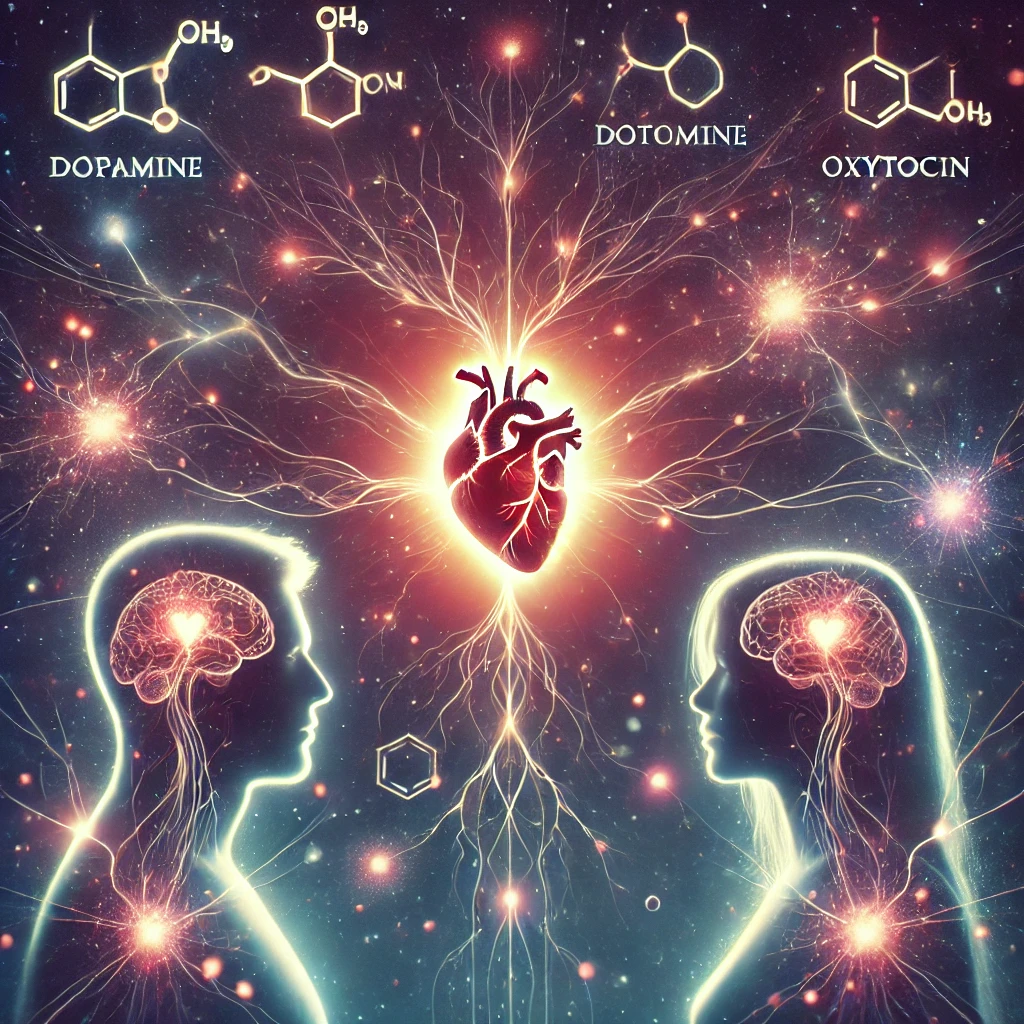
The phenomenon of falling in love has intrigued humans for centuries, intertwining biology, psychology, and sociology. Understanding the science behind attraction reveals the complex interplay of factors that lead individuals to connect deeply.
The Neurochemical Orchestra of Love
At the heart of romantic attraction lies a symphony of neurochemicals orchestrating our emotions and behaviors. Anthropologist Helen Fisher identified three primary brain systems that evolved for mating and reproduction: lust, attraction, and attachment. Each system is driven by specific hormones and neurotransmitters
- Lust: Propelled by the sex hormones testosterone and estrogen, lust drives the craving for sexual gratification, encouraging individuals to seek partners.
- Attraction: Often synonymous with passionate love, attraction involves increased dopamine and norepinephrine levels, leading to heightened energy, reduced need for sleep, and focused attention on the beloved.
- Attachment: Associated with long-term bonding, attachment is regulated by oxytocin and vasopressin, promoting feelings of security and stability in a relationship.
Functional MRI studies have shown that romantic love activates the brain’s reward system, particularly the ventral tegmental area, highlighting love’s capacity to motivate and reward
The Triangular Theory of Love
Psychologist Robert Sternberg proposed the Triangular Theory of Love, suggesting that love comprises three components: intimacy, passion, and commitment. The interplay of these elements results in different forms of love
- Intimacy: Feelings of closeness, connectedness, and bondedness.
- Passion: The drives leading to romance, physical attraction, and sexual consummation.
- Commitment: The decision to maintain a long-term relationship.
According to Sternberg, the balance of these components determines the nature and depth of a relationship.
Factors Influencing Attraction
Several factors contribute to why individuals are drawn to each other:
- Physical Attractiveness: Often the initial trigger, physical appeal can influence perceptions of a potential partner’s health and genetic fitness.
- Similarity: Shared interests, values, and backgrounds can enhance compatibility and understanding.
- Proximity: Regular interaction increases familiarity and comfort, fostering deeper connections.
- Reciprocity: Knowing that one’s feelings are returned can intensify attraction and commitment.
The Role of Nonverbal Cues
Nonverbal communication, such as body language and eye contact, plays a pivotal role in signaling interest and building attraction. Techniques like maintaining eye contact, often referred to as “sticky eyes,” can convey confidence and interest. However, it’s essential to approach such methods with authenticity, as overemphasis on specific tactics may oversimplify the complexities of human connection
Cultural and Social Influences
Cultural norms and societal expectations significantly shape perceptions of love and the process of falling in love. Factors such as family values, media portrayals, and peer influences can dictate acceptable forms of expressing affection and choosing partners.
The Evolutionary Perspective
From an evolutionary standpoint, falling in love serves to bond individuals for mutual support and successful reproduction. This bond ensures the survival and upbringing of offspring in a stable environment.
Conclusion
The science of attraction encompasses a multifaceted interplay of biological, psychological, and social factors. Understanding these elements offers insight into the profound experience of falling in love, highlighting its significance in human behavior and relationships.



